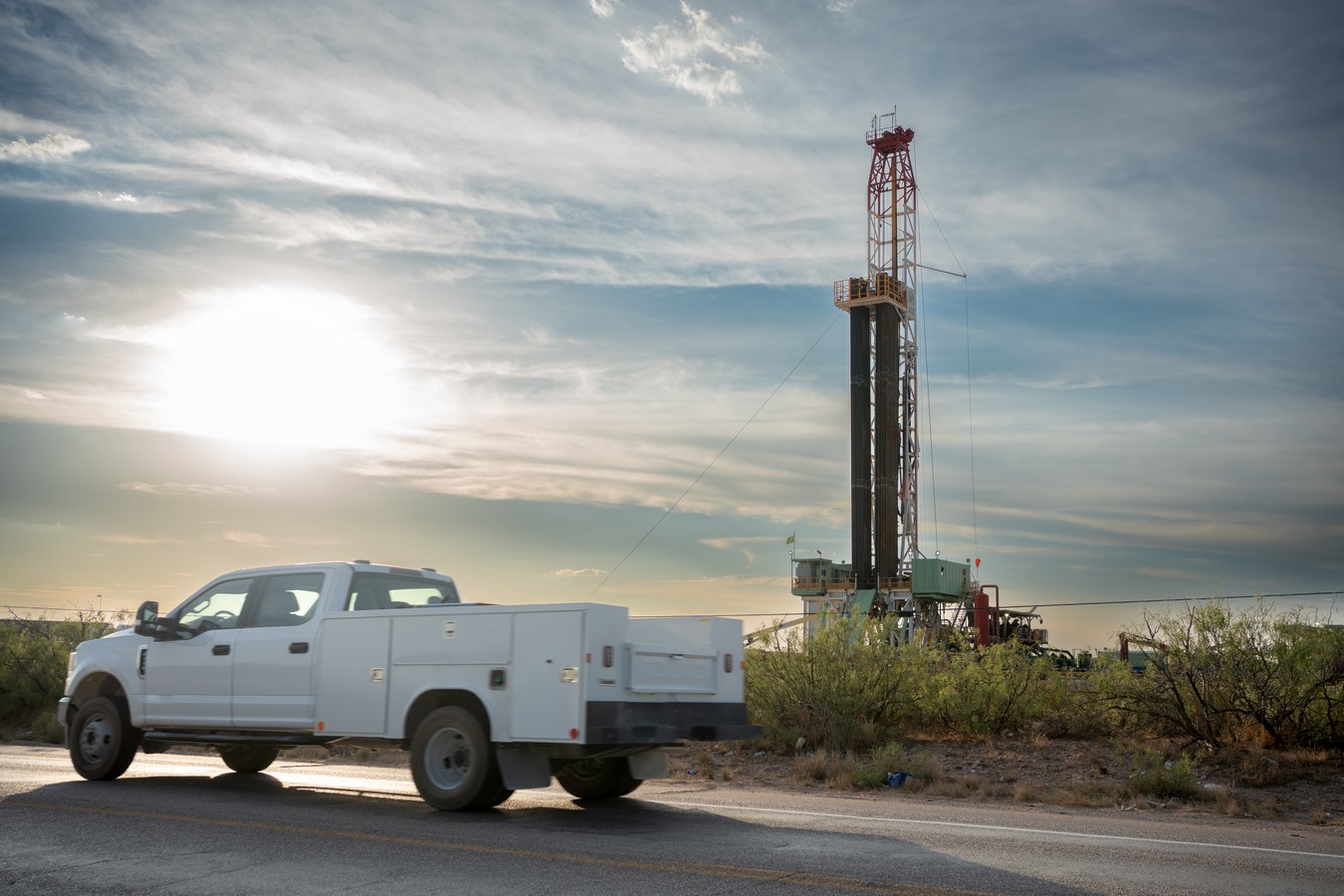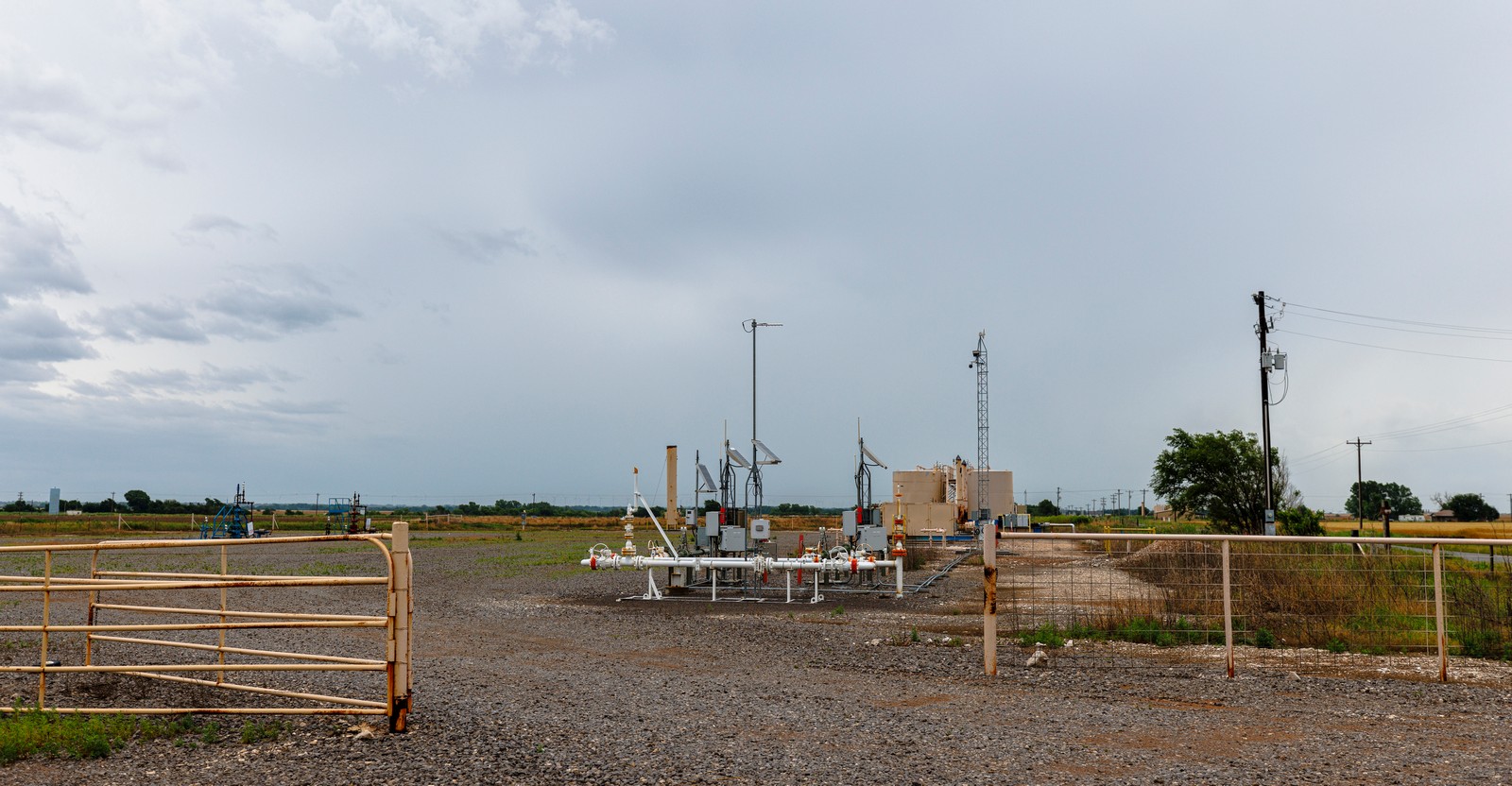The Problem: You're Driving Blind
SCADA tells you WHEN something stopped. It doesn't tell you WHY.

Field Worker at Remote Site

SCADA Control Room
No Context for Alerts
A 2 AM alarm: "Well 47 is down." Critical failure? Safety issue? Already reset? You don't know—so you send a truck anyway.
Missing Problems Before Shutdown
Bearings making unusual noise, small leaks developing, efficiency drops—SCADA misses the early warning signs that prevent shutdowns.
Wasted Resources
85-90% of site visits find nothing wrong. Your field experts spend 70% of their time driving instead of solving problems.
The Critical Distinction: Overhead vs Production Expense
Not all costs are created equal—transform waste into value

Driving to Check: Wasted Overhead
- General route checking hoping to find nothing wrong
- 85-90% of visits find no issues - pure overhead cost
- $400K annually for trucks that mostly confirm normal operations
- No direct revenue generation - just insurance against unknowns

Driving to Effect Production: Direct Revenue Expense
- Specific mission to fix known production-impacting issues
- Every trip directly tied to revenue generation or protection
- Well Checked enables targeted, production-focused dispatching
- Transforms overhead waste into productive maintenance spend
The Well Checked Transformation
The same $200K in resources exists either way. The difference? Well Checked transforms wasteful "just checking" trips into high-value production work. Your team stops being route drivers and becomes problem solvers—applying their expertise where it actually generates revenue.
"Operate By Exception" — 30 Years of Broken Promises
You've heard this before. Here's why it failed:
Data Overload
Early systems dumped thousands of alarms on operators. They couldn't tell signal from noise, leading to alert fatigue.
Black Box Systems
Operators didn't trust abstract dashboards over their own eyes and experience. Technology tried to replace judgment.
Incomplete Solutions
Half-measures requiring massive IT projects that never delivered value. Underinvestment led to limited benefits.
Integration Nightmares
Legacy systems, incompatible equipment, and proprietary software that couldn't communicate created endless implementation delays.
Well Checked: Operate By Exception That Actually Works
We solved the problems that made previous attempts fail
We Speak Your Language
Visual and audio intelligence—the same sensory evidence operators have always relied on. Not abstract data, but what they can SEE and HEAR across all sites simultaneously.
We Filter, Not Flood
AI eliminates operational noise and surfaces only actionable intelligence. Alert when the bearing sounds wrong, not for every normal operation.
We Augment, Not Replace
Your experienced operators still make all decisions. We give them superhuman reach so they can apply their expertise across hundreds of wells.
We Work Day One
No massive integration projects. Deploy cameras, microphones, and sensors—get value immediately. Optional integration when you're ready.
What We Deploy at Each Site
Complete sensory awareness powered by AI
Cameras
Visual confirmation of site conditions, equipment status, and security. See exactly what's happening in real-time.
Microphones
Audio detection of failing bearings, leaks, and abnormal operations. Hear problems before they become failures.
Optical Gas Imaging
Continuous methane leak detection for high-risk sites. Stay compliant and protect the environment.
AI Processing
Filters out normal operations and only alerts on meaningful deviations. Intelligence, not information overload.
Return on Investment
Clear, measurable results from day one
Eliminate unnecessary truck rolls by monitoring continuously
Positive return on investment in just 5 months
Same resources, exponentially more effectiveness
Typical 50-Well Operation
About Well Checked Systems
Born from real-world experience in the oil fields
Founded in 2012, Well Checked Systems started with a simple observation in the Oklahoma oil fields.
Mike Haines was pumping oil and gas wells, spending his days driving from location to location, only to find that most sites had no issues. When there was a problem, he could get a senior pumper on the phone, let them look and listen through his phone's camera, and they could diagnose the issue remotely.
That moment of clarity launched Well Checked Systems. Over the past decade, we've evolved from that simple insight into a comprehensive intelligent monitoring platform that's transforming how the oil and gas industry operates.
Our Leadership
Hank Haines
Leading Well Checked's growth and strategic partnerships across the oil and gas industry, bringing decades of industry experience and operational excellence.
Mike Haines
From oil field pumper to technology innovator, Mike's hands-on experience drives our product vision and commitment to solving real operational challenges.
Our Location
Well Checked Systems International, LLC
201 E Hobson Ave
Sapulpa, OK 74066
Get Started Today
Let's discuss how Well Checked can transform your operations
Contact Information
201 E Hobson Ave
Sapulpa, OK 74066
info@wellchecked.com
Contact us for more information
Why Contact Us?
- ✓ Custom ROI analysis for your operation
- ✓ Proof of concept proposal
- ✓ Site visit and consultation
- ✓ No-obligation demonstration